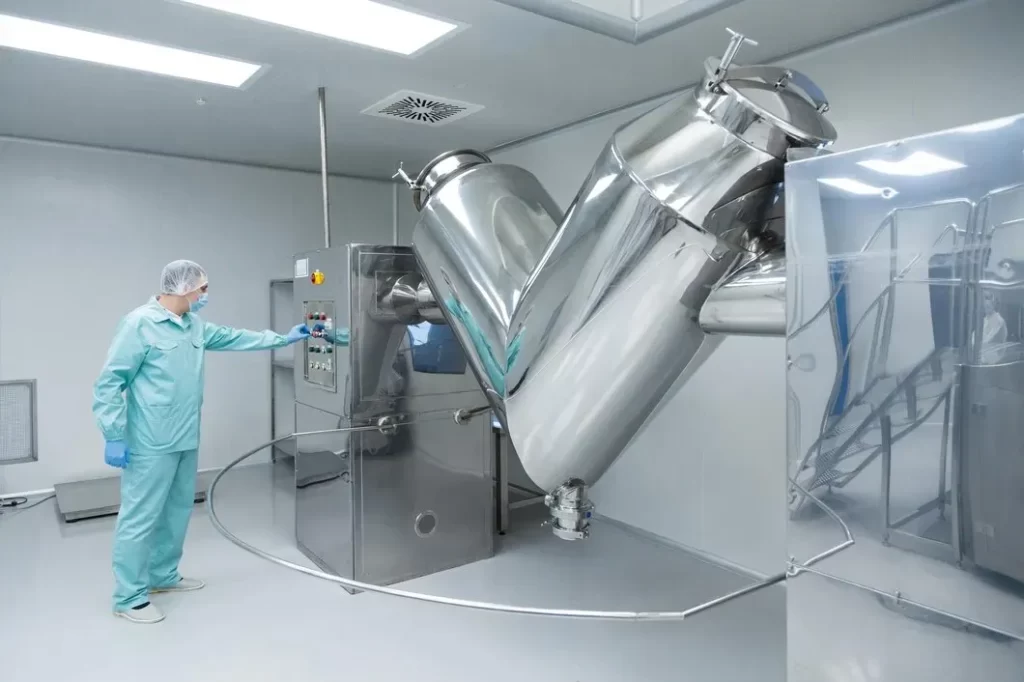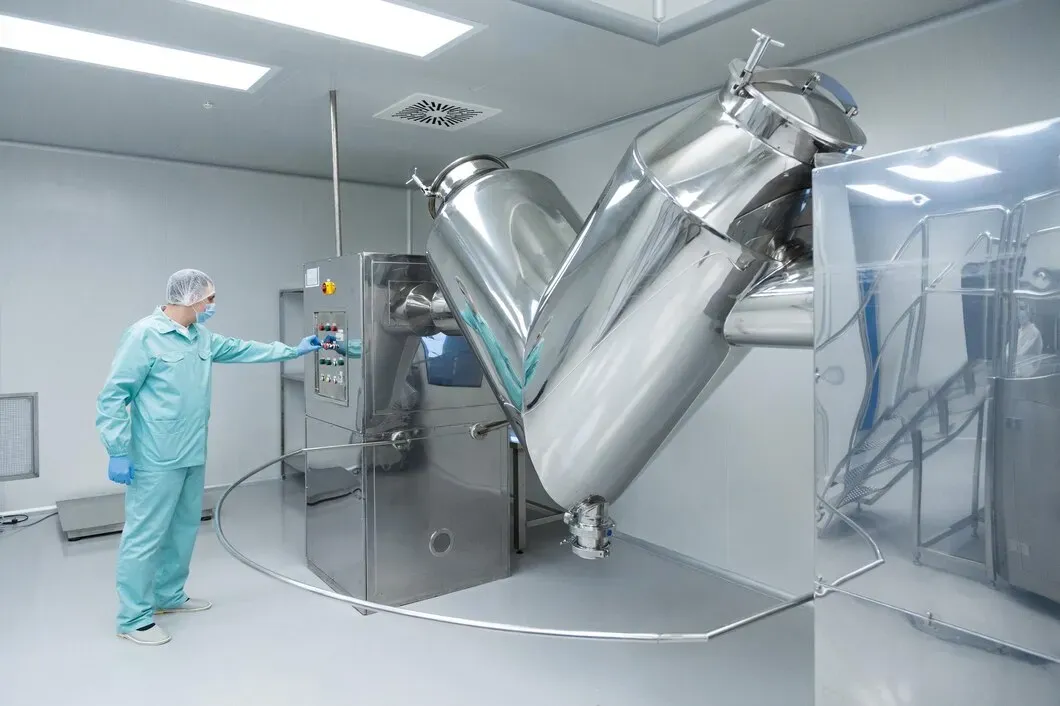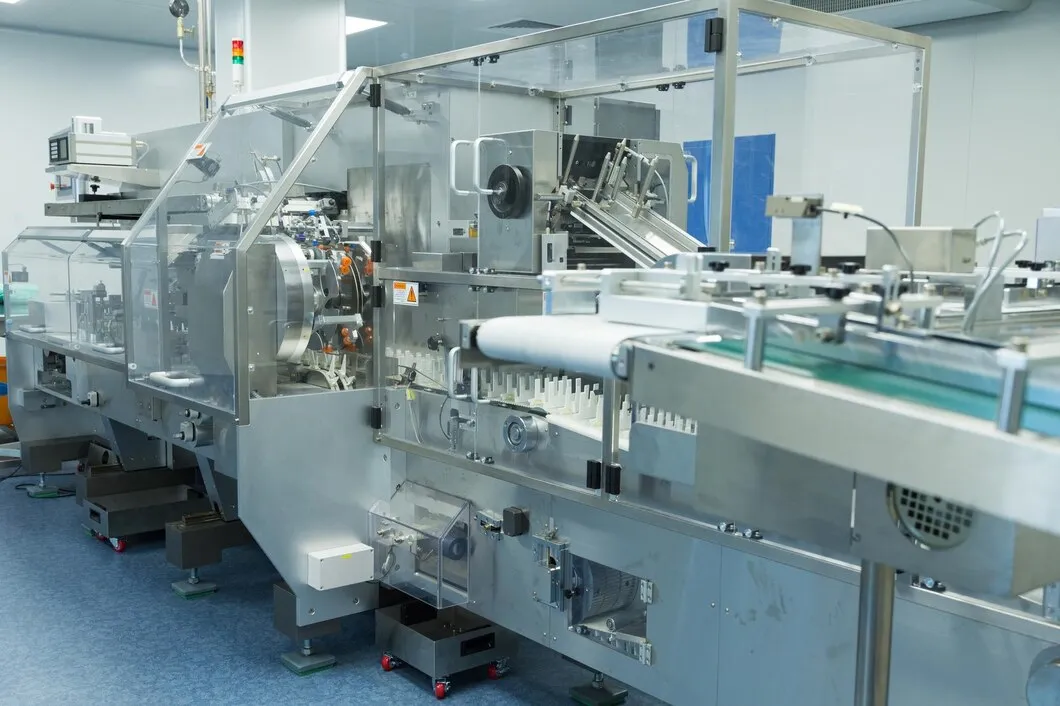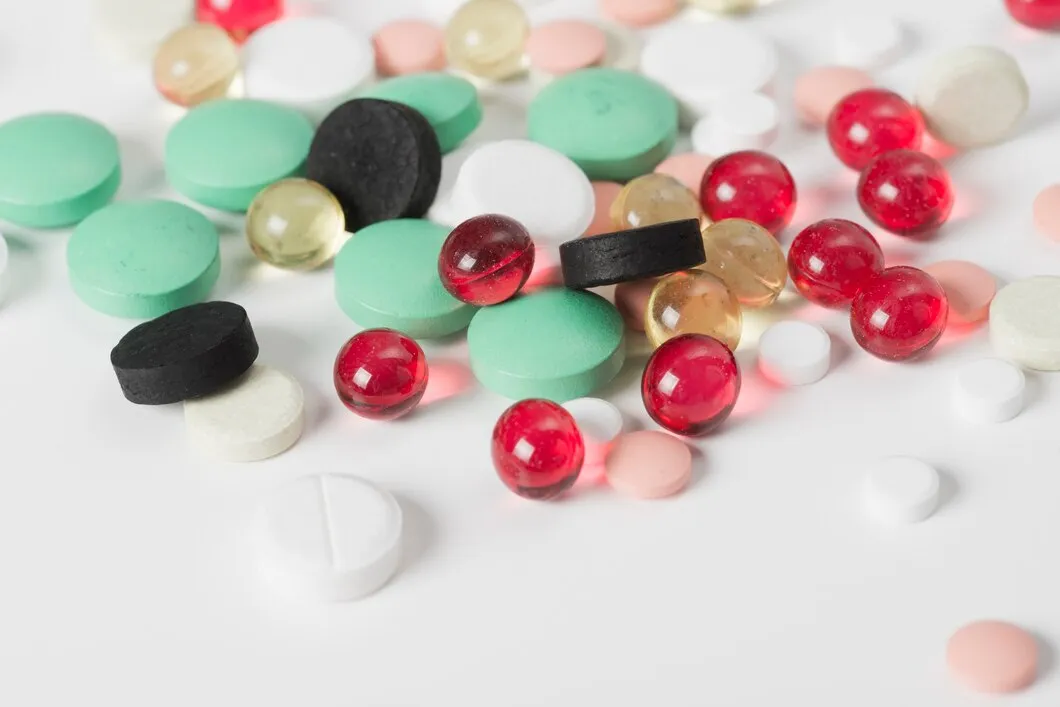Bevor ein Medikament einen Patienten erreicht, beginnt es im Labor. Dort werden Formeln getestet, Chargen geprüft und die Qualität bestätigt oder hinterfragt. Um diese Arbeit ordnungsgemäß durchführen zu können, benötigen Labore die richtige Ausrüstung – Werkzeuge, die ihre Aufgabe nicht nur erfüllen, sondern auch präzise ausführen.
Wenn Sie für den Betrieb oder die Einrichtung eines pharmazeutischen Labors verantwortlich sind, erfahren Sie hier, welche Ausrüstung Sie tatsächlich benötigen und warum das wichtig ist.

Pharmazeutische Labore nutzen eine Vielzahl unterschiedlicher Geräte, die jeweils spezifischen Zwecken dienen:
Zu den wichtigsten pharmazeutischen Laborgeräten gehören:
In jedem pharmazeutischen Labor hat die verwendete Ausrüstung direkten Einfluss auf die Qualität Ihrer Arbeit. Zuverlässige Instrumente tragen zur Konsistenz über alle Chargen hinweg bei und reduzieren das Risiko von Defekten oder abweichenden Ergebnissen. Präzise, regelmäßig kalibrierte und ordnungsgemäß gewartete Geräte erleichtern die Einhaltung der strengen regulatorischen Vorgaben erheblich.
Sicherheit ist ebenso wichtig. In Laboren wird mit empfindlichen und manchmal gefährlichen Materialien gearbeitet. Daher sind die richtigen Sicherheitssysteme, Belüftung und Schutzausrüstungen unerlässlich – nur so können Teams sicher arbeiten, ohne jemanden zu gefährden.
Die Einhaltung gesetzlicher Vorschriften ist das A und O. Behörden wie die FDA erwarten von Laboren die Verwendung validierter Geräte, die Einhaltung dokumentierter Verfahren und die Führung präziser Aufzeichnungen. Ohne die richtigen Tools wird die Einhaltung der Vorschriften zum Rätselraten – ein Risiko, das sich kein Hersteller leisten kann.
Nicht jedes Laborgerät passt zu jedem Setup. Ihre Wahl hängt davon ab, was Sie herstellen, wie Sie es herstellen und welche Standards Sie einhalten müssen.
Die Investition in geeignete Laborausrüstung ist für den Erfolg der pharmazeutischen Forschung und Produktion von entscheidender Bedeutung. Sie gewährleistet Produktqualität, erhöht die Sicherheit und erleichtert die Einhaltung strenger gesetzlicher Vorschriften. Sorgfältige Auswahl, regelmäßige Wartung und die Einhaltung der GMP-Richtlinien sind für eine optimale Laborleistung unerlässlich.
Möchten Sie Ihr pharmazeutisches Labor mit zuverlässigen und konformen Instrumenten ausstatten? Kontaktieren Sie uns um maßgeschneiderte Lösungen zu erkunden, die Ihren betrieblichen Anforderungen entsprechen.




Bevor ein Medikament einen Patienten erreicht, beginnt es im Labor. Dort werden Formeln getestet, Chargen geprüft und die Qualität bestätigt oder hinterfragt. Um diese Arbeit ordnungsgemäß durchführen zu können, benötigen Labore die richtige Ausrüstung – Werkzeuge, die nicht nur ihre Aufgabe erfüllen, sondern auch präzise arbeiten. Wenn Sie für die Durchführung oder […] verantwortlich sind,

Blisterverpackungen sind in der Pharmaindustrie allgegenwärtig – von Tabletten über Kapseln bis hin zu Probepackungen. Sie schützen das Produkt, verlängern die Haltbarkeit und verbessern die Patientensicherheit. Für Hersteller ist Blisterverpackung jedoch mehr als nur eine Verpackung – sie ist ein System, das auf Geschwindigkeit, Präzision und Konformität ausgelegt ist. Wenn Sie in der Pharmaproduktion oder im Verpackungseinkauf tätig sind, erfahren Sie hier alles Wissenswerte über Blisterverpackungen […]

Wenn Sie sich für die Darreichungsform eines Arzneimittels oder Nahrungsergänzungsmittels entscheiden, beeinflusst die gewählte Darreichungsform – flüssige Gele oder Tabletten – mehr als nur das Aussehen. Sie beeinflusst die Herstellung, die Aufnahmegeschwindigkeit, die benötigte Ausrüstung und das Endverbrauchererlebnis. Manche Wirkstoffe wirken besser in […]